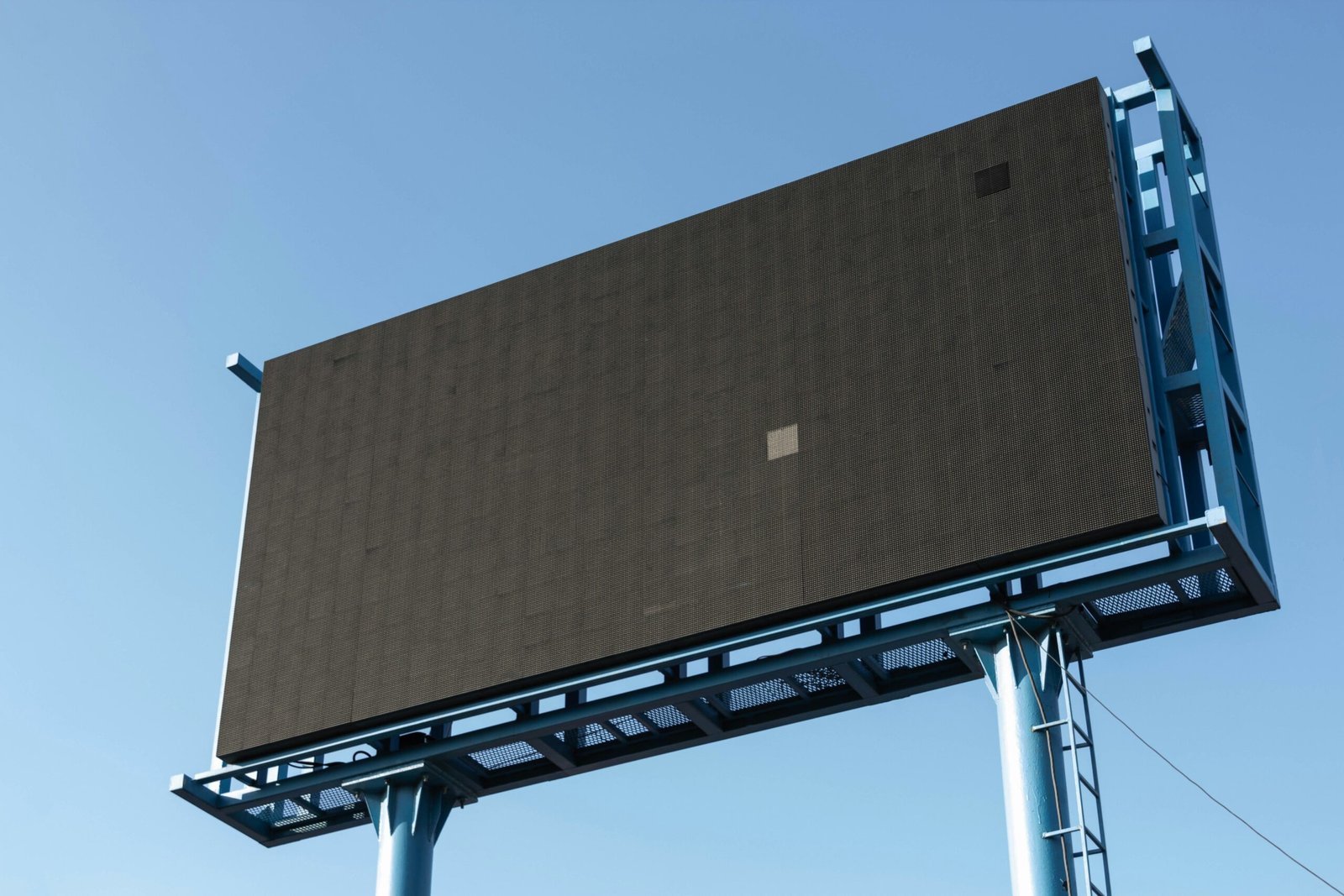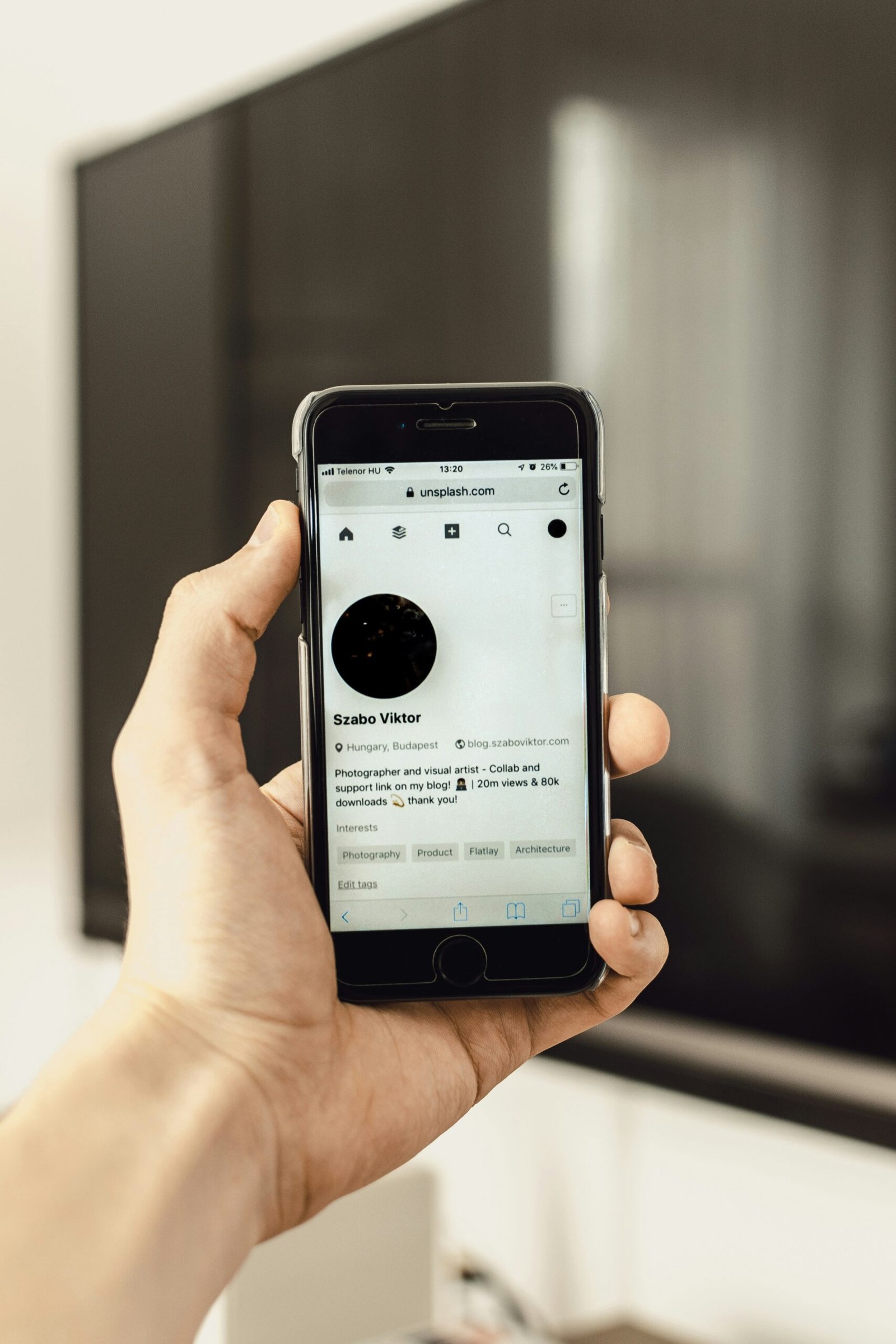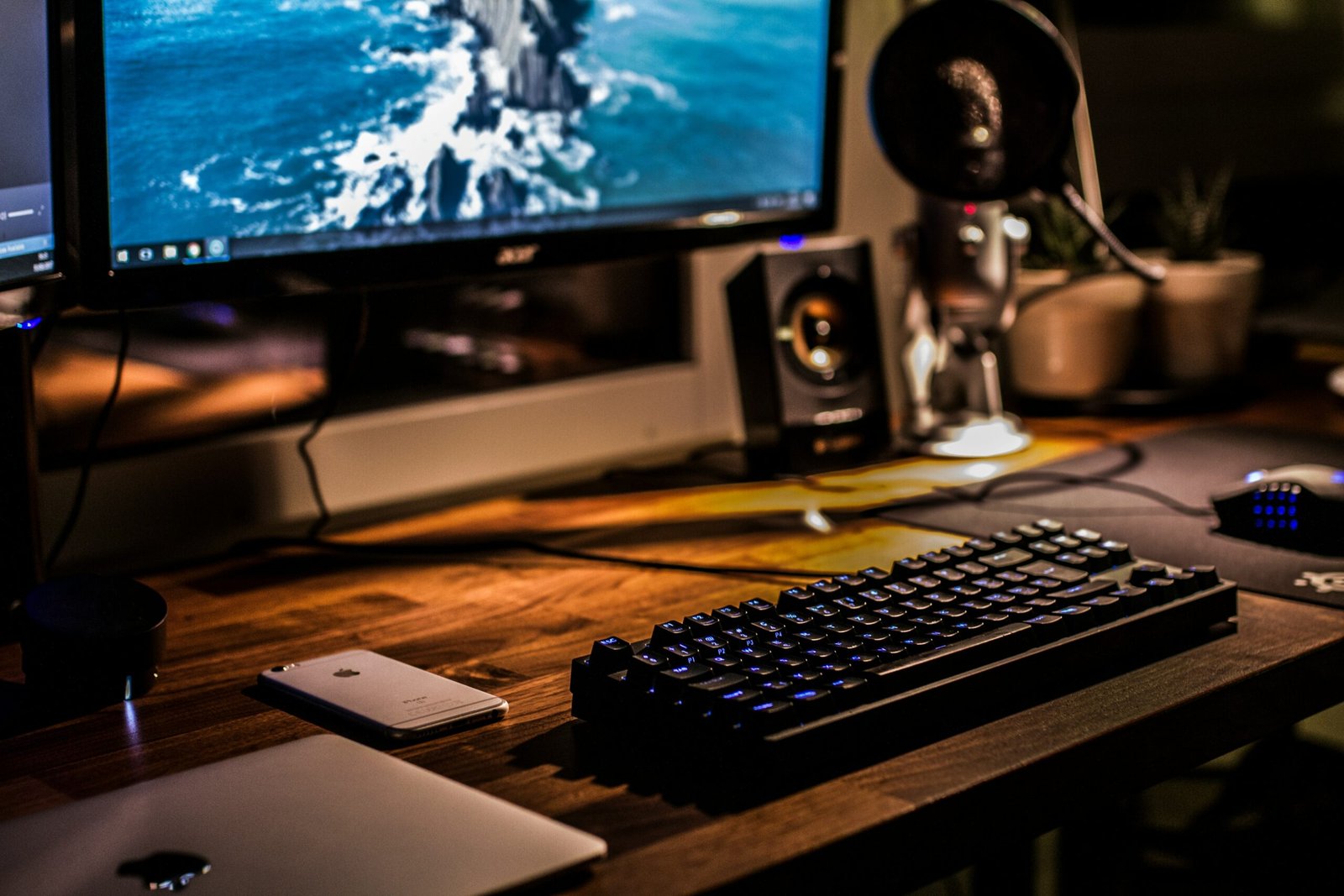How to Clean an Exposed LCD Screen: A Comprehensive Guide
Understanding LCD Screens and Their Sensitivity
Liquid Crystal Display (LCD) screens are a prevalent choice for devices like televisions, monitors, and smartphones due to their ability to deliver sharp, vibrant images. These screens function through a simple yet sophisticated mechanism involving liquid crystals sandwiched between polarized glass sheets. When electrically charged, these liquid crystals align to modulate light and produce the desired images. Despite their advantages, LCD screens are inherently more fragile than other screen types, necessitating meticulous care.
The delicate nature of LCD screens stems from their thin layers and fine materials. Unlike older, sturdier Cathode Ray Tube (CRT) displays, LCDs can be particularly vulnerable to physical damage. The layers of an LCD are prone to scratches from abrasive materials or improper cleaning techniques. Improper pressure applied during cleaning can result in dead pixels – areas where the liquid crystals no longer function correctly, appearing as blemishes or black spots on the screen. Additionally, harsh chemical agents can degrade the screen’s protective layer, further diminishing image quality and potentially causing color distortions.
Given their sensitivity, it is crucial to clean LCD screens routinely but cautiously. Regular cleaning not only maintains optimal image clarity by eliminating dust, smudges, and fingerprints but also helps in prolonging the lifespan of the screen by preventing the build-up of particles that could impact its functionality over time. By understanding the composition and operational intricacies of LCD screens, users can better appreciate the importance of proper cleaning practices to avert potential damage, ensuring a longer-lasting and clearer viewing experience.
Preparing to Clean Your LCD Screen: Tools and Materials
Before embarking on the task of cleaning your LCD screen, it is imperative to gather the appropriate tools and materials to ensure effective and safe cleaning. Among the essential items you will need are microfiber cloths, which are excellent for capturing dust and grime without scratching the delicate surface of your LCD screen. These cloths are specifically designed to be lint-free, thereby avoiding additional debris being left behind.
For the cleaning solution, distilled water is highly recommended. Tap water often contains minerals that can leave residues and potentially damage the screen. In addition to distilled water, a mixture of isopropyl alcohol, ideally diluted to a solution of 70% or less, can be used for tougher stains. This solvent is effective in dissolving oils and other contaminants while evaporating quickly to prevent streaks. Importantly, isopropyl alcohol should never be applied at full strength directly onto the screen, as this can cause damage.
Screen-friendly cleaning solutions are also available and can be an excellent alternative. These solutions are specifically formulated to clean sensitive electronic surfaces without causing harm. Whether you choose to mix your own solution of distilled water and diluted isopropyl alcohol or purchase a pre-mixed screen cleaner, ensuring that the solution is safe for use on LCD screens is crucial.
It is equally important to avoid any abrasive materials or harsh chemicals, such as ammonia or window cleaners, that might damage the screen’s coating and reduce visibility. An awareness of what not to use is just as critical in protecting your device.
Additionally, always remember to turn off and unplug your device before beginning the cleaning process. This precaution not only eliminates the risk of electrical hazards but also allows the screen to cool down, reducing the possibility of causing heat-related damage while cleaning. Ensuring the screen is cool to the touch before proceeding will further safeguard the longevity and clarity of your LCD screen.
Step-by-Step Guide to Cleaning Your LCD Screen
Cleaning an exposed LCD screen requires a methodical approach to avoid damage and ensure a pristine display. Begin by gently removing any dust particles from the screen using a dry microfiber cloth. This step is crucial as it prevents scratching that can occur if dust particles are moved around during the cleaning process.
Next, prepare a proper cleaning solution. It is advisable to use a mixture of distilled water and a small amount of isopropyl alcohol. However, commercial screen cleaning solutions are also acceptable, provided they are free of harsh chemicals. When ready to clean, lightly dampen a new microfiber cloth with the solution. It is critical not to spray the solution directly onto the LCD screen to prevent any liquid from seeping into the display’s edges, which can cause damage.
With the cloth slightly moistened, begin to wipe the screen gently in a circular motion. This method helps in lifting grime effectively without pressing too hard on the screen. If there are tough spots or smudges, apply a bit more pressure gradually, but ensure not to exert excessive force. Persistent grime may require a few extra passes rather than a heavy hand.
Take special care to address the edges and corners of the LCD screen. These areas tend to collect more dirt and are trickier to clean. Use the corner of the cloth to reach into these narrow spaces, again avoiding any excessive pressure that could lead to screen damage.
After thoroughly cleaning the entire surface, proceed to dry the screen properly. Utilize a dry portion of your microfiber cloth and gently wipe away any remaining moisture to prevent streaks. It’s paramount to allow the screen to air dry completely before powering it back on to ensure no residual cleaning solution is present.
Maintaining a Clean LCD Screen and Preventing Future Damage
Proper maintenance is essential to extend the life of your LCD screen after the initial cleaning. Regularly dusting your screen using a microfiber cloth can prevent the buildup of particles that could potentially scratch the surface. Moreover, consider investing in an anti-static screen protector. This not only repels dust but also provides an extra layer of protection against accidental scratches and smudges.
When your screen is not in use, keeping it covered is an effective way to prevent dust accumulation and safeguard it from accidental damage. Specialized screen covers are available, but even a soft cloth can serve as a temporary solution. By enacting these preventive measures, you create a barrier between your screen and potential sources of damage.
To prevent screen damage, avoid touching the screen with your fingers. Oils and dirt from skin can accumulate and lead to smudges, which require frequent cleaning, increasing the risk of scratches. If you need to interact with your screen directly, such as on touch-enabled devices, opt for styluses with soft, rubber tips. These tools are designed to interact with screens without causing damage.
An often-overlooked aspect of screen care involves ensuring that pets and young children do not have unsupervised access to the device. Accidents happen, and a curious child or a playful pet can cause unintended damage. Allocating a specific, safe location for your device when it’s not in use can mitigate these risks substantially.
In addition to regular cleaning and preventive measures, routine checks can help you catch issues before they become serious. Inspect your screen for any sign of wear or damage, and address any minor scratches promptly to prevent escalation. If the screen shows extensive damage, consider seeking professional cleaning or repair services. Professionals have access to specialized tools and solutions that can effectively clean or fix your screen without causing further harm.







